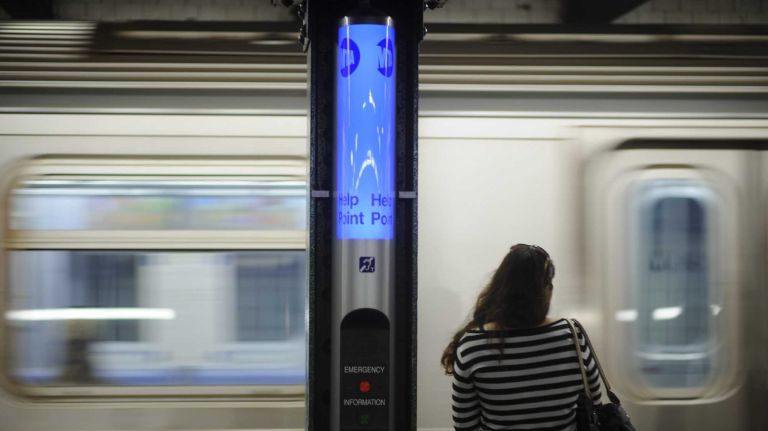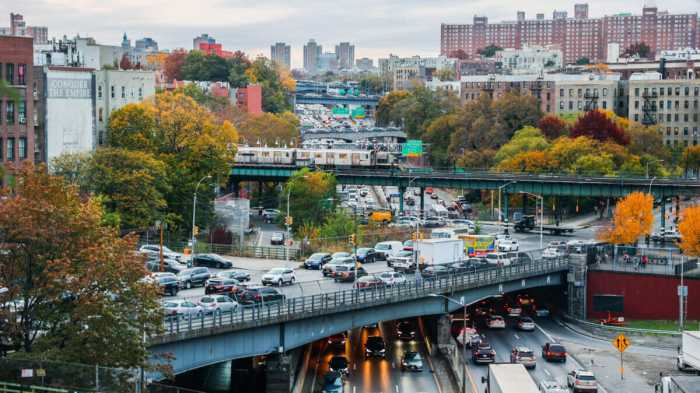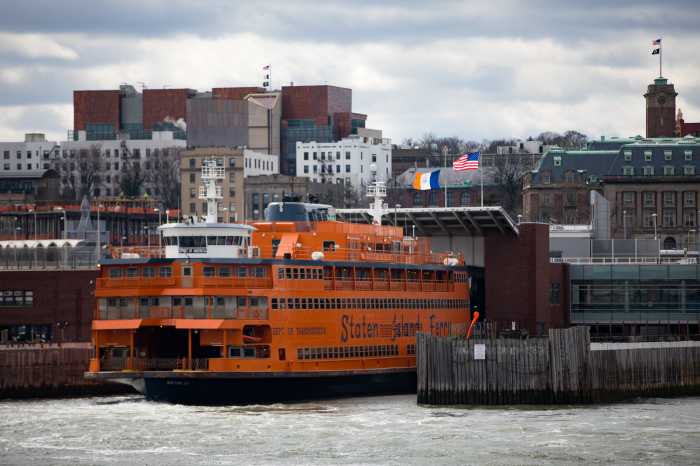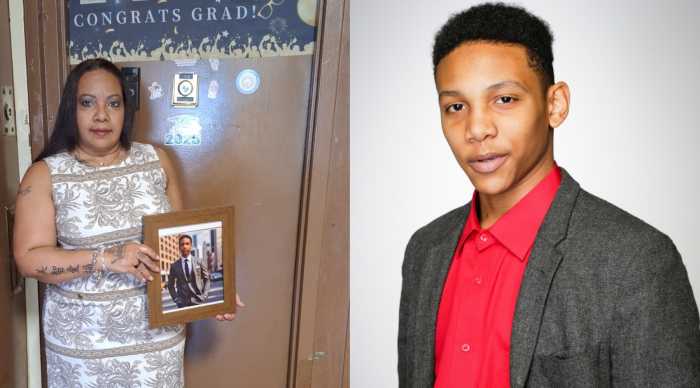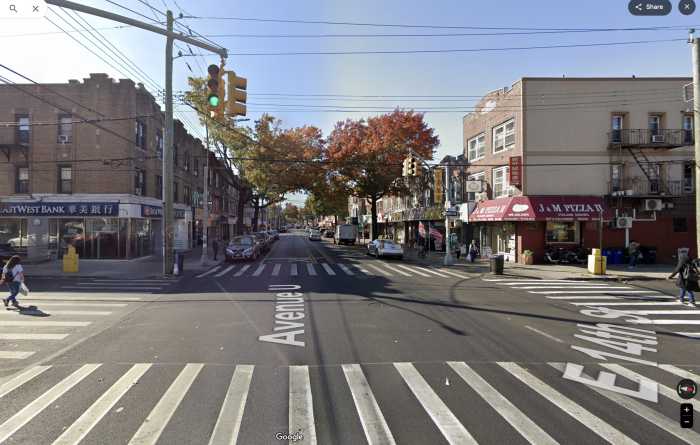
The MTA wants to equip nearly half of the subway stations with devices that let riders report emergency situations within seconds, replacing its antiquated intercom system, officials for the agency told amNewYork.
These “Help Points,” which have been rolled out to dozens of stations over the past few years, give riders access to an emergency button that connects them to the Rail Control Center, the operations hub that can handle situations such as a person falling onto the tracks. There is also a police officer assigned around the clock that could respond to crimes in the subway.
In addition to emergency situations, the Help Points also have a button that connects passengers to the station booth or the Rail Control Center, if a clerk is busy.
“It’s another layer of safety and security on top of the presence we have in stations that goes beyond just station agents,” MTA spokesman Paul Fleuranges said.
Riders may have noticed these cylindrical devices by their blue glow. The MTA has put 166 of them in 36 stations since their 2011 debut and aims to have them in 102 stations by the end of the year. Next week, the MTA plans to request money to expand the initiative to 222 stations, with all 468 stops covered by the end of 2019.
“Now that we’re in the pace where the crews are getting more proficient at installing them, hooking them up and doing all that wiring, you don’t want to have a gap in doing that,” Fleuranges said. “You want to continue that momentum.”
Unlike the old analog intercom system, the Help Points are digital, meaning a clearer conversation.
The MTA’s five-year capital plan ending in 2014 called for putting Help Points in 152 stations. The agency next week will ask its board for more money to get another 70 stations equipped with Help Points, at a cost of about $500,000 a station. Each station will get an average of six Help Points placed on platforms and by turnstiles; larger transit hubs will likely get more units than less trafficked stations.
Considering the subway system lost hundreds of station agents during the MTA’s 2010 budget crisis, there were riders who appreciated having a way to report an emergency quickly.
“I’ve never needed the help but I think it’s great especially on the subway. You never know what’s going to happen,” said Tenzin Gdeki, 35, a nanny from Long Island City.
Sarah Garza, 32, a visiting nurse from the Upper West Side, appreciated the presence of Help Points if help is needed right away.
“Instead of running to find an employee you can just hit the button,” she said.
A security feature lacking in the Help Point is a camera. While these units can handle cameras that provide a clear view of the platform, Fleuranges said the MTA lacks bandwidth to operate them.
MTA board member Andrew Albert said he would like to see the cameras installed. He suggested signs to warn would-be criminals that the station is under surveillance.
“People like to see another person if they’re in a relatively deserted place,” Albert said. “But if we have Help Points with cameras, people would know they’re not alone.”
With Noelani Montero



